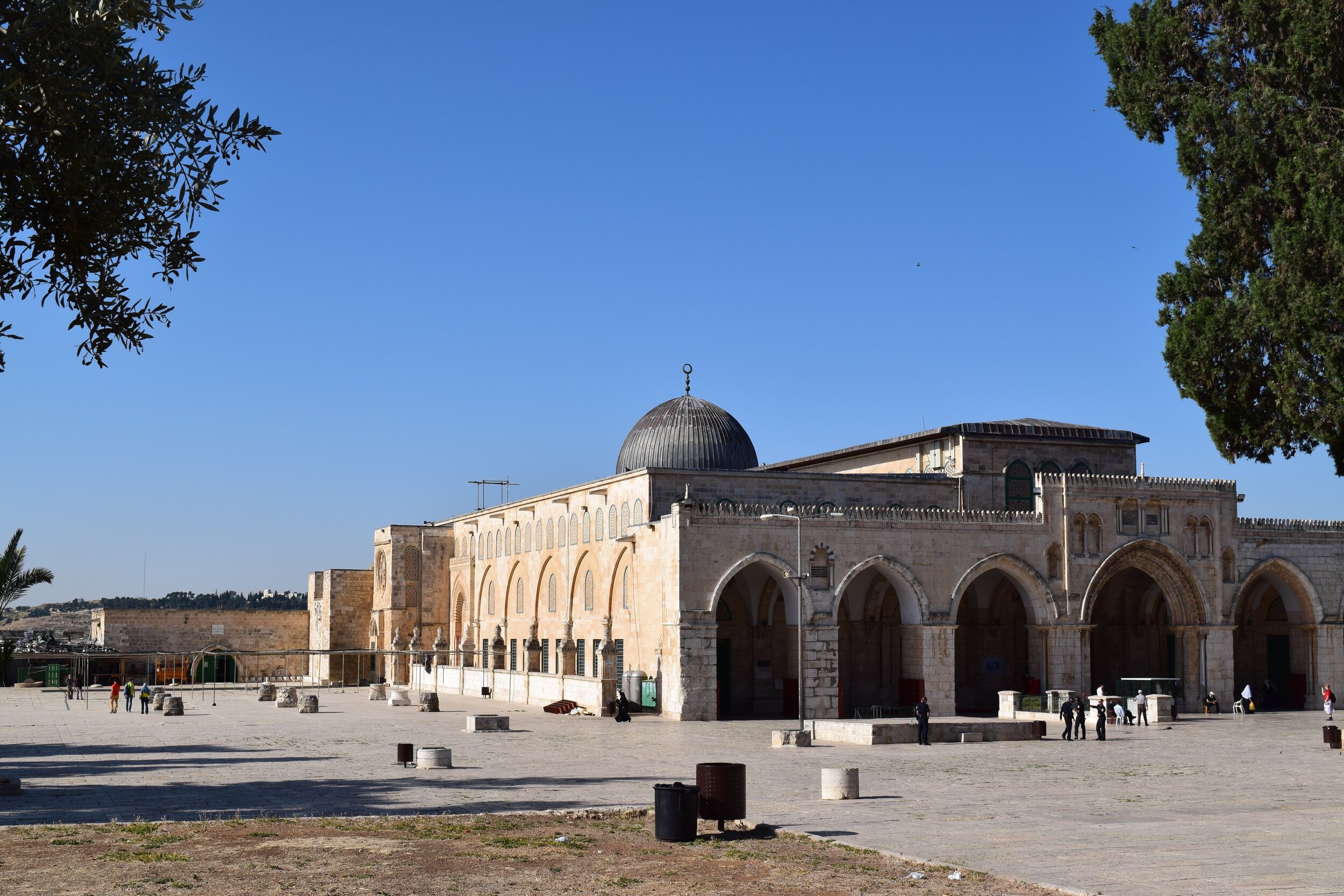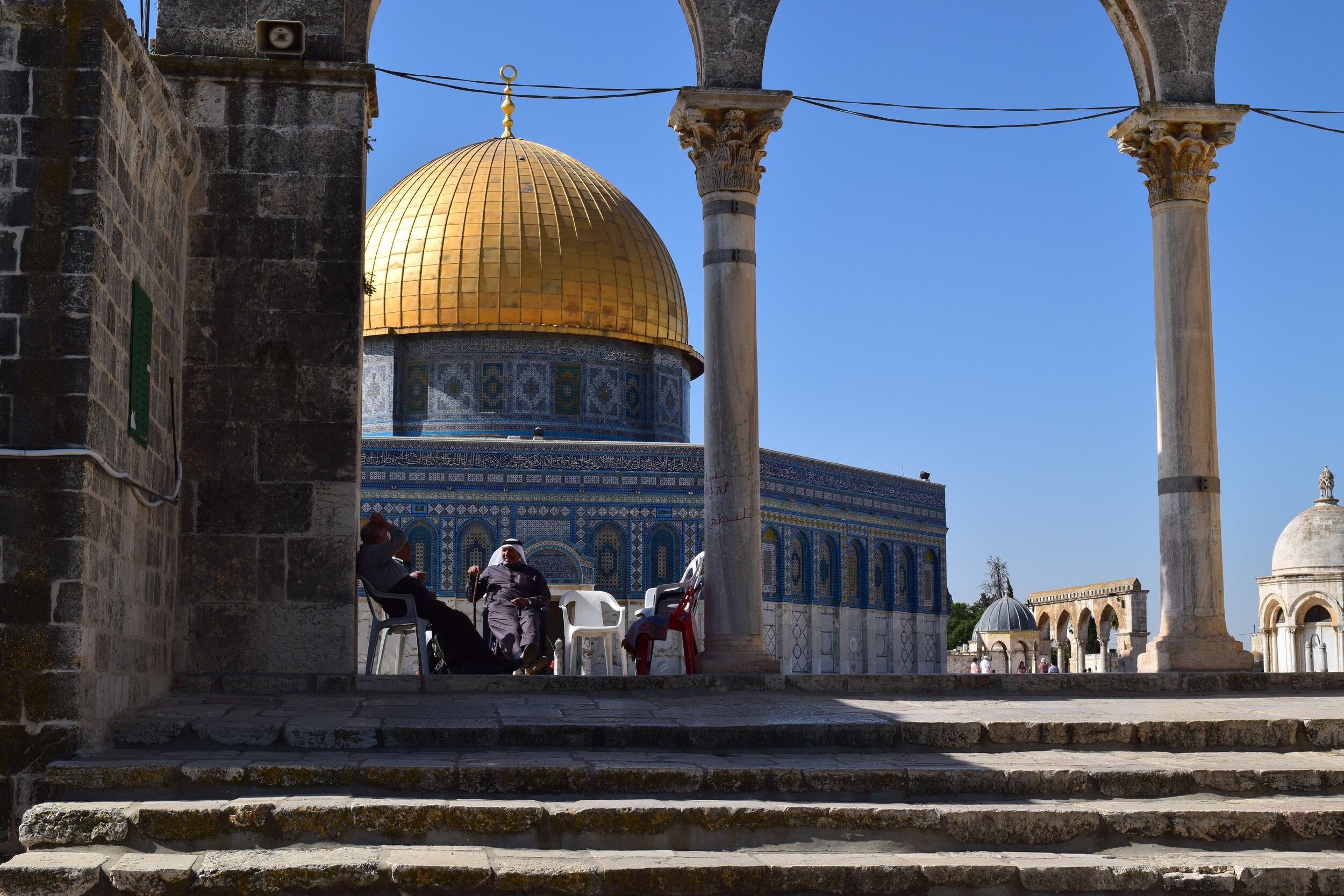Christians wrestle with questions about radioactive accidents, technology, and replacing fossil fuels
By the end of 2022, Germany is set to decommission the last of its three nuclear reactors. But for local Christians, debates around nuclear energy will continue to have their own half-life.
By December, Germany is pulling the plug on its last three nuclear power plants — Isar 2, Emsland, and Neckarwestheim II — as part of the country’s Atomausstieg, or “nuclear power phase out.”
Amidst the shutdown, evangelicals on both sides of the Atlantic are wrestling with the potential risks, rewards, and responsibilities of nuclear power. Discerning whether there is a Christian case for nuclear energy is not as simple as turning on the lights. At issue are questions about nuclear power’s potential to destroy life and poison the earth through toxic waste.
Robert Kaita, 69, who worked for the Princeton Plasma Physics Laboratory for 40 years, said, “as human beings created in God’s image, we have tremendous power to create and destroy, to give life and to take it.
“Nuclear energy isn’t inherently evil,” he said, “but we have to go beyond technical problems and consider the moral ramifications of what we are doing.”
Indeed, as Germany shuts down its nuclear energy program, it is perhaps ironic that nuclear energy was invented in its capital, Berlin. In what is now the Hahn-Meitner building on the campus of Freie Universität Berlin (FU Berlin), chemists Otto Hahn and Fritz Straßmann utilized Lise Meitner’s theories to discover nuclear fission on December 17, 1938. The splitting of nuclear atoms (fission) not only came to provide the basis for usable energy, but also the explosive force of the atomic bomb.
Following World War II and the monumental, if monstrous, demonstration of fission’s power, Germany’s nuclear energy program kicked off in the 1950s. Its first power plants followed in the 1960s. Already, German anti-nuclear movements organized resistance to nuclear power’s proliferation.
Local accidents and international disasters further propelled the anti-nuclear movement in the 1970s and 80s. Between 1975 and 1987 small scale incidents in Germany led to local contamination, radiation emission, and worrisome fires. Then, the Chernobyl accident occurred in 1986 and fears of nuclear fallout became mainstream.
Located in what is now Ukraine, Chernobyl lies around 775 miles from Germany’s eastern border. When the reactor was destroyed, radioactive waste spewed across swathes of Europe, including Germany. It not only threatened lives, but water and food supplies. Wild mushroom samples in German forests still show signs of Chernobyl’s radioactive contamination signature to this day.
For Markus Baum, 59, Chernobyl was a decisive crossroads.




























